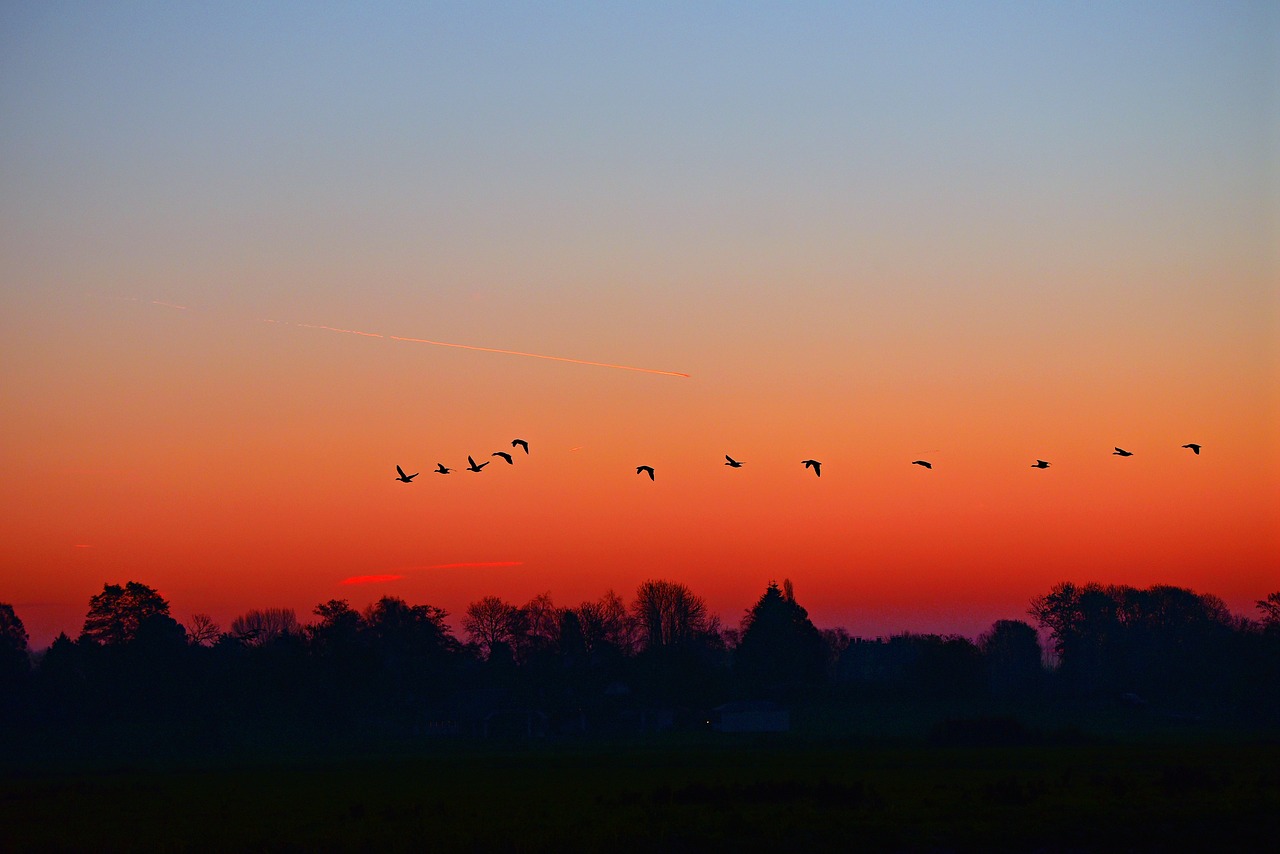
(NDAgConnection.com) – The U.S. Department of Agriculture (USDA) has confirmed multiple cases of Highly Pathogenic Avian Influenza (HPAI) in North Dakota in wild birds, backyard poultry and commercial poultry flocks.
There have been 31 confirmed cases of HPAI in wild birds located in Burleigh, Stutsman, LaMoure, Renville and Foster counties. With an increasing number of wild birds testing positive for HPAI, homeowners and landowners should be aware of what steps to take if they see sick or deceased wild birds, advises North Dakota State University (NDSU) Extension specialists.
“The primary carriers of avian influenza A are waterfowl, gulls, terns and shorebirds,” says Dr. Gerald Stokka, NDSU Extension veterinarian and livestock stewardship specialist. “People should avoid direct contact with wild birds and observe them only from a distance. Wild birds can be infected without showing symptoms of the infection.”
“The Centers for Disease Control and Prevention (CDC) currently believes that the public health risk from the current HPAI outbreak is low,” says Dr. Stokka. “They advise avoiding direct contact with sick or dead wild birds. People should not handle dead wild birds and also should avoid transporting sick or dead birds.”
Avian influenza surveillance and testing in wild birds is being done by the USDA’s Animal and Plant Health Inspection Service (APHIS) and the North Dakota Department of Game and Fish.
“Poultry owners should reduce the attractiveness for wild birds to stop by cleaning up litter and spilled feed around your domestic poultry housing,” says Miranda Meehan, NDSU Extension livestock environmental stewardship specialist.
Meehan stated that while handling and transporting carcasses is not advised, there may be some cases where it is required to minimize transmission of HPAI and continue normal activities. For example, to limit contact with domestic poultry or if fields need to be worked in preparation for planting.
“According to the CDC, if you must handle wild birds or sick or dead poultry, minimize direct contact by wearing gloves and wash your hands with soap and water after touching birds,” says Stokka. “If available, wear respiratory protection such as a medical facemask. Change your clothing before contact with healthy domestic poultry and birds after handling wild birds, and discard the gloves and facemask, disinfect footwear, and then wash your hands with soap and water.”
“It is critical that carcasses are disposed of properly to reduce the risk for transmission to domestic flocks and other wildlife,” says Mary Keena, NDSU Extension livestock environmental management specialist. “Numerous cases of mortality in eagles, hawks and owls have occurred as a result of scavenging on dead bird carcasses. For this reason, moving carcasses to new areas and discarding them on the landscape should be avoided, as this may unintentionally contribute to more cases.”
Acceptable disposal options for wild bird carcasses are:
– Move carcasses to the edge of the field.
– Burial is acceptable for small numbers of birds. Be sure to bury carcasses four feet above the water table with four feet of cover. If possible, bury birds in clay soils.
– Burn carcasses. Be sure to check if you are under a burn ban prior to burning.
– Dispose of carcasses at an approved municipal solid waste landfill. Please contact the landfill to determine disposal protocols.
– Carcasses must be double bagged and bags must be disinfected before transporting to the landfill. Be sure to use a disinfect registered for use against avian influenza.
– Following disposal be sure to disinfect the vehicle used to transport the carcasses.
